Tokyo 2020 is just two years away with the opening ceremony scheduled to be held on July 24, 2020.
This marks the return of the Summer Olympics to Tokyo after hosting the Games in 1964. Much has changed in the past 54 years in Tokyo. The 1970s had high rises being built daily and the 1980s saw improved public transportation. The 1990s was known as Japan’s “Lost Decade” due to economic stagflation. In 2000, Japan had economic renewal. The 2000s consisted of keeping up with the technological world that has been growing at an exponential rate even today. In 2011, Tokyo and the surrounding metropolitan area came to a halt after the devastating earthquakes and tsunami. Much like how the 1964 Olympics showcased Japan’s economy post-World War II, the 2020 Games will showcase Tokyo and Japan’s economy post-2011 Tokyo earthquakes, tsunami, and nuclear crisis.
Check out the following pictures of Tokyo then and now:
Shinjuku Station
Then
There were about 10 million people living in Tokyo in 1964. The daily average number of passengers in 1960 was just over 305,000.
Now
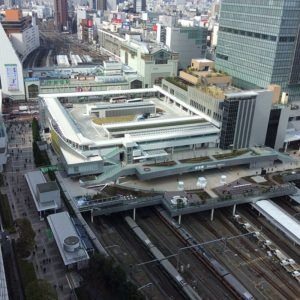
Courtesy of Wikipedia
There’s an extra 13 million people in the city with a total of 37 million people in the Tokyo metropolitan area. Shinjuku is the main transportation hub in Tokyo seeing about 3.5 million people a day.
Yoyogi National Gymnasium
Then
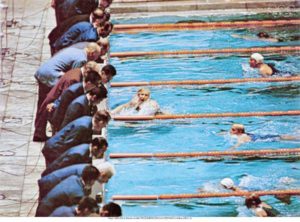
Courtesy of IOC
Now
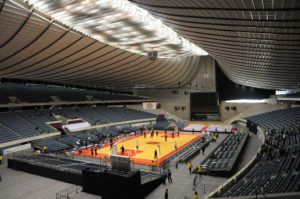
Courtesy of Wikipedia
The gymnasium completed construction in October 1964. This venue hosted swimming, diving, and the basketball final in the Olympics. Today, this venue is mainly used as a basketball arena. This venue will host handball in the 2020 Olympics and badminton and wheelchair rugby in the 2020 Paralympics.
Ginza
Then
Ginza is a district in Tokyo known for it’s upscale shopping center. It started having large advertisement signs on the buildings of its luxurious, foreign vendors in the 1950s.
Now
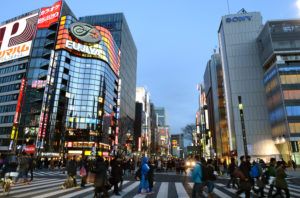
Courtesy of Wikipedia
The lights in Ginza make this destination the “Neon Capital of the World”. The street is still very popular with about 3,000 people crossing the street every light cycle.
Shinjuku Cityscape
Then
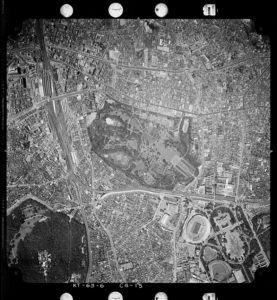
Courtesy of Wikipedia
Now
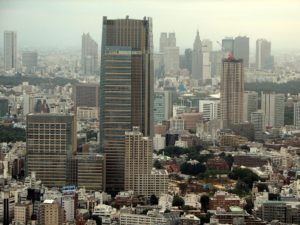
Courtesy of Wikipedia
Shinjuku houses Tokyo’s main administrative and government buildings. Skyscrapers were built throughout the 1970s in Tokyo.
National Stadium
Then
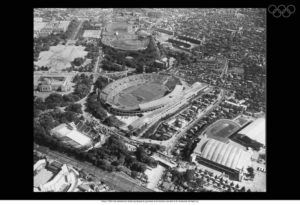
Courtesy of IOC
Now (2014)
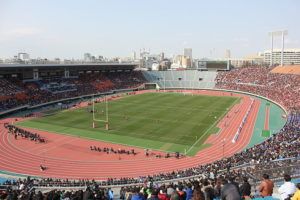
Courtesy of Wikipedia
Now (Projected 2019)
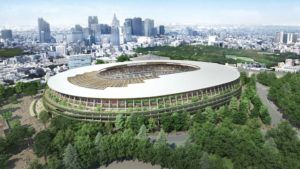
Courtesy of Wikipedia
The National Stadium hosted the opening and closing ceremonies along with athletics, equestrian, and football during the 1964 Olympic Games. The stadium was demolished in 2015 to rebuild a new stadium for the 2020 Olympics.
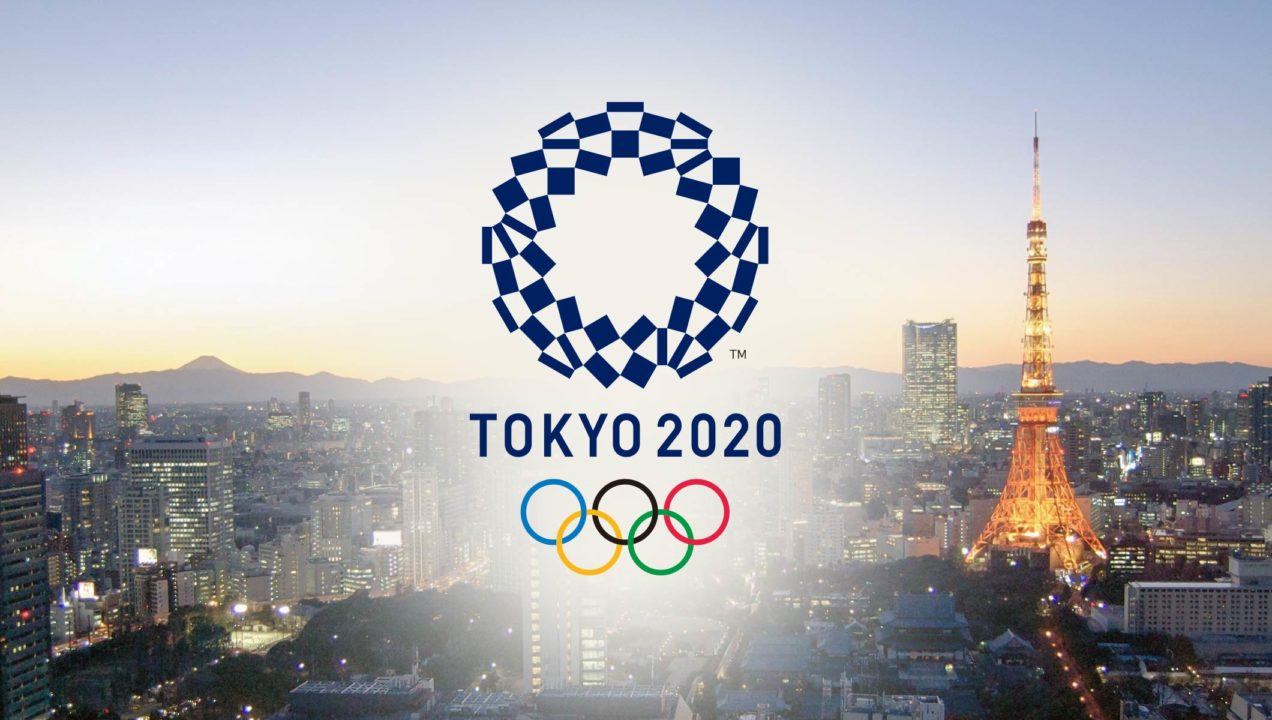
TOKYO—A city near the capital reported Japan’s highest-ever recorded temperature of 106 degrees, as a heat wave that is scorching the nation raises concerns about the health of athletes and spectators at the Summer Olympics in 2020. 23 deaths have been attributed to the heat.
https://www.wsj.com/articles/setting-records-japan-worries-about-too-toasty-tokyo-for-2020-olympics-1532345582